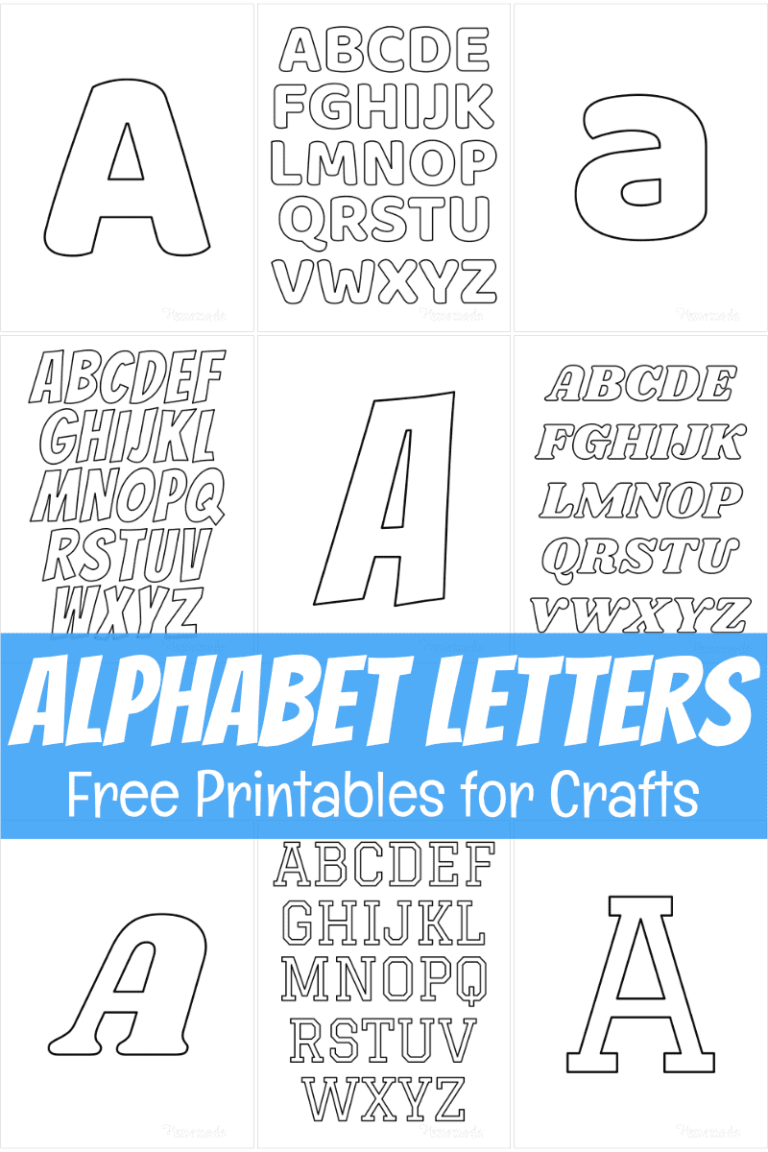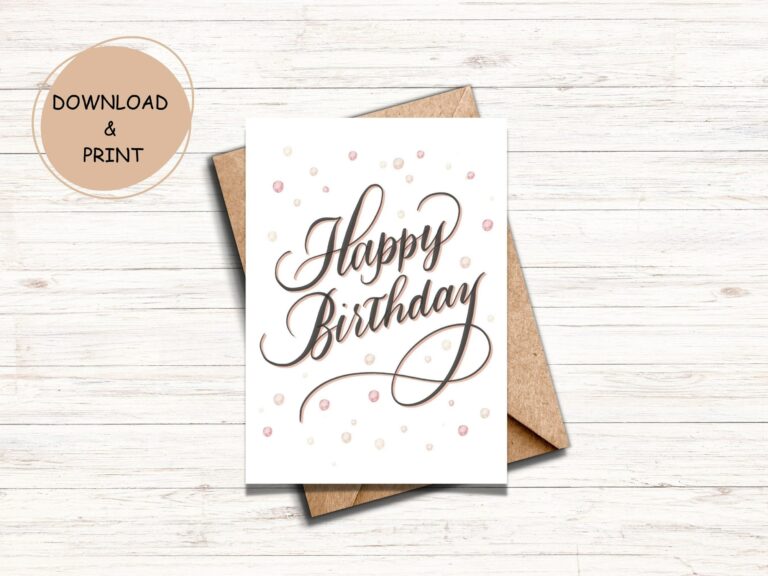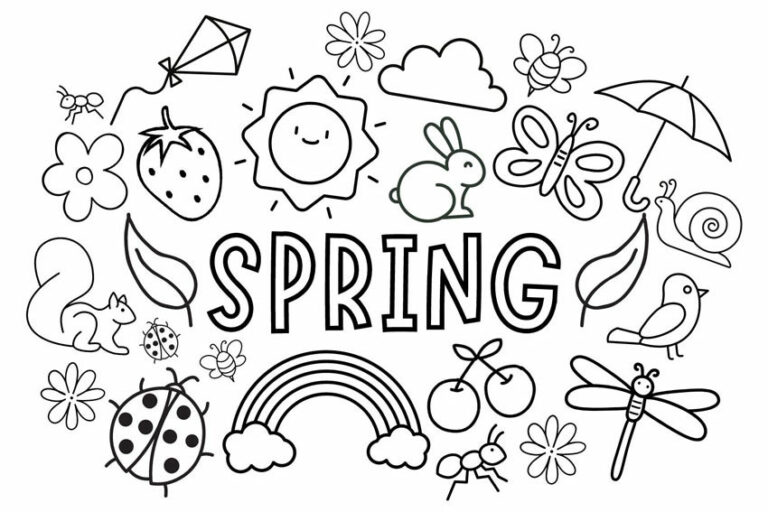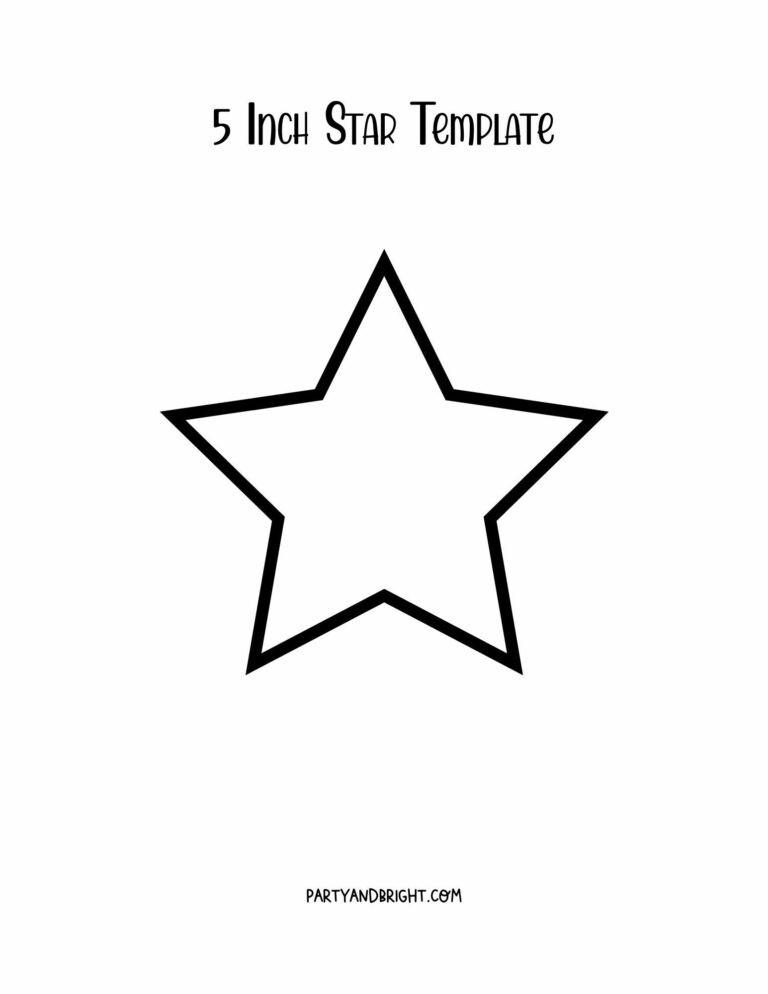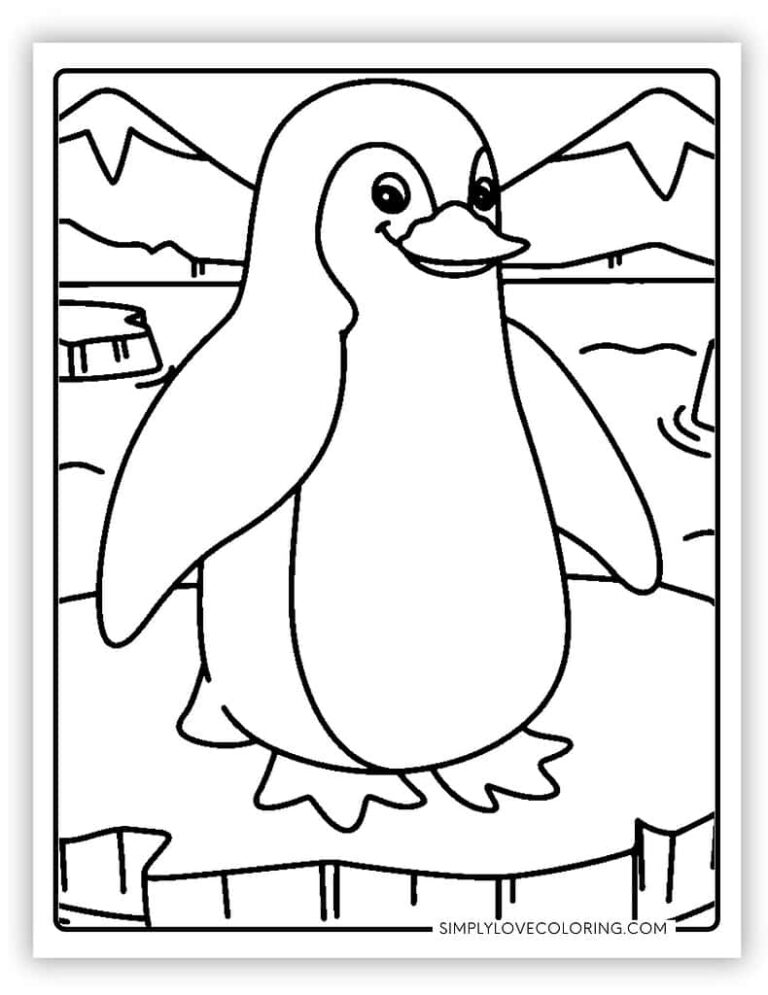Weight Loss Charts Printable: A Comprehensive Guide to Tracking Your Progress
Embarking on a weight loss journey can be daunting, but printable weight loss charts can serve as an invaluable tool to help you stay on track and achieve your goals. These charts provide a visual representation of your progress, allowing you to monitor your weight, measurements, and other important metrics.
In this comprehensive guide, we’ll explore the various types of weight loss charts available, how to choose the right one for your needs, and how to use them effectively. We’ll also provide additional resources to support your weight loss journey.
Introduction

Yo, weight loss charts are the bomb when you’re trying to shed a few pounds. They’re like your secret weapon, helping you track your progress and stay motivated.
Printable weight loss charts are the mutt’s nuts because you can stick ’em on your fridge or pin ’em to your wall, so you can keep an eye on your goals every day.
Benefits of Printable Weight Loss Charts
- Stay on Track: Charts help you monitor your progress, so you can see what’s working and what’s not.
- Motivation Booster: Seeing your progress can give you a huge boost of motivation, especially when you hit plateaus.
- Accountability: Charts hold you accountable for your actions, making it harder to cheat on your diet or skip workouts.
- Easy to Use: Printable charts are super simple to use, so you don’t need to be a rocket scientist to get started.
Types of Weight Loss Charts
There are various types of weight loss charts that cater to different needs and preferences. Each type has its own unique features and purpose, helping individuals track their progress, set goals, and stay motivated throughout their weight loss journey.
- Food Diary: A food diary involves recording everything you eat and drink throughout the day, along with the time and portion size. It helps you become more aware of your eating habits, identify patterns, and pinpoint areas where you can make healthier choices.
- Weight Tracker: A weight tracker is a simple chart that allows you to monitor your weight over time. It can be as basic as a line graph or a table, and it helps you visualize your progress, identify trends, and stay accountable for your weight loss efforts.
- Measurement Tracker: A measurement tracker is similar to a weight tracker, but instead of tracking weight, it focuses on tracking body measurements such as waist circumference, hip circumference, and body fat percentage. This can be useful for individuals who are not losing weight but are seeing changes in their body composition.
- Progress Photos: Progress photos involve taking photos of yourself at regular intervals throughout your weight loss journey. These photos can serve as a powerful visual representation of your progress, helping you stay motivated and track changes that may not be reflected on the scale.
- Goal Setting Chart: A goal setting chart is a tool that helps you set realistic and achievable weight loss goals. It can include sections for short-term, medium-term, and long-term goals, as well as a plan for how you will achieve each goal.
How to Choose the Right Weight Loss Chart
Choosing the right weight loss chart can be crucial for your success. Consider these factors:
- Tracking Goals: Determine what you want to track, such as weight, measurements, or calories consumed.
- Motivation: Select a chart that visually appeals to you and keeps you motivated.
- Personal Preferences: Consider your lifestyle and preferences, such as digital or paper charts.
Comparison of Weight Loss Charts
| Chart Type | Features | Pros | Cons |
|—|—|—|—|
| Progress Chart: | Simple, track weight over time | Easy to use | Lacks detailed tracking |
| Measurement Chart: | Track body measurements | Provides comprehensive data | Can be time-consuming |
| Calorie Tracker: | Monitor calories consumed | Helps manage calorie intake | Requires accurate tracking |
| Meal Planner: | Plan meals and track progress | Provides structure and accountability | Can be restrictive |
| Habit Tracker: | Monitor daily habits | Helps identify areas for improvement | Can be subjective |
Creating a Printable Weight Loss Chart
Creating a personalized weight loss chart can help you track your progress and stay motivated. Here’s a step-by-step guide:
Essential elements to include:
- Weight
- Measurements (e.g., bust, waist, hips)
- Notes (e.g., exercise, diet, sleep)
Step-by-Step Guide
Step 1: Choose a Template
There are many free templates available online. You can also create your own in a spreadsheet or word processing program.
Step 2: Set Up Your Chart
Include the essential elements listed above. You can also add other sections, such as goals, challenges, and rewards.
Step 3: Track Your Progress
Weigh yourself and take measurements regularly. Record your progress on your chart.
Step 4: Analyze Your Results
Look for patterns in your weight and measurements. This can help you identify what’s working and what needs to be adjusted.
Step 5: Stay Motivated
Use your chart to track your successes and celebrate your progress. This will help you stay motivated and on track.
Using Weight Loss Charts Effectively

To make the most of your weight loss charts, consistency is key. Track your progress daily or weekly, and be honest with yourself about what you’re eating and how much you’re exercising. Setting realistic goals is also important. Don’t try to lose too much weight too quickly, or you’ll likely get discouraged and give up. Aim to lose 1-2 pounds per week, and adjust your goals as needed.
Sample Daily or Weekly Tracking Plan
Here’s a sample daily or weekly tracking plan that you can use to track your progress:
| Date | Weight (lbs) | Calories Consumed | Calories Burned | Notes |
|---|---|---|---|---|
| Monday | 150 | 1,800 | 500 | Went for a walk after dinner. |
| Tuesday | 149 | 1,600 | 600 | Did a HIIT workout at the gym. |
| Wednesday | 148 | 1,700 | 400 | Took a yoga class. |
| Thursday | 147 | 1,500 | 500 | Went for a run in the park. |
| Friday | 146 | 1,600 | 600 | Did a strength training workout at home. |
| Saturday | 145 | 1,700 | 400 | Took a rest day. |
| Sunday | 144 | 1,500 | 500 | Went for a hike with friends. |
Additional Resources
Beyond weight loss charts, other tools and resources can enhance your weight loss journey.
Explore reputable websites and apps that offer additional support, such as:
Online Support Groups
- MyFitnessPal: Tracks calories, provides meal ideas, and connects you with a community of users.
- Lose It!: Offers personalized weight loss plans, food logging, and support forums.
- Noom: Provides personalized coaching, nutrition guidance, and a supportive community.
Fitness Trackers
- Fitbit: Tracks steps, calories burned, and sleep patterns.
- Apple Watch: Monitors heart rate, tracks activity, and provides fitness challenges.
- Garmin: Offers advanced GPS tracking, fitness monitoring, and performance analysis.
Food Logging Apps
- MyFitnessPal: Tracks calories, macronutrients, and provides access to a vast food database.
- Lose It!: Allows you to log meals, scan barcodes, and get personalized feedback.
- Cronometer: Provides detailed nutritional information, including micronutrient tracking.
Answers to Common Questions
What are the benefits of using printable weight loss charts?
Printable weight loss charts offer numerous benefits, including:
- Visual representation of progress
- Easy tracking of weight, measurements, and notes
- Increased motivation and accountability
- Identification of patterns and trends
- Support for setting realistic goals
How do I choose the right weight loss chart for my needs?
Consider factors such as your tracking goals, motivation style, and personal preferences. Some charts focus on daily tracking, while others provide a weekly or monthly overview. Choose a chart that aligns with your needs and preferences.
What are some tips for using weight loss charts effectively?
Be consistent with your tracking, set realistic goals, and make adjustments as needed. Use the charts to identify patterns, such as weight fluctuations or plateaus. Celebrate your progress, no matter how small, and don’t get discouraged by setbacks.
